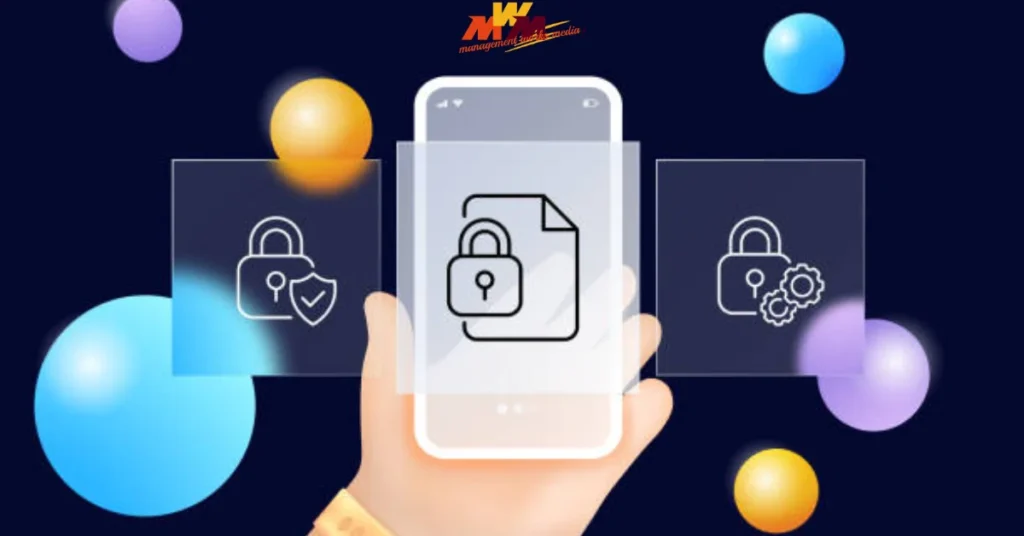In the world of Android development and app usage, you may encounter technical terms like content://cz.mobilesoft.. This article dives deep into what this term means, its purpose, and how it relates to Android’s file management system. Whether you’re a developer, a tech enthusiast, or a curious user, this guide will help you understand the concept and its practical implications.
What is content://cz.mobilesoft.?
At its core, content://cz.mobilesoft. is a content URI (Uniform Resource Identifier) used in Android applications. It is part of the FileProvider mechanism, which allows apps to securely share files with other apps without exposing the underlying file paths.
Breaking Down the URI:
content://: This prefix indicates that the URI is a content URI, which is used to access data from a content provider.cz.mobilesoft.appblock: This is the package name of the app (in this case, AppBlock) that is managing the file.fileprovider: Refers to the FileProvider component, which facilitates secure file sharing.cache/blank.html: Points to a specific file (blank.html) stored in the app’s cache directory.
Why is content://cz.mobilesoft. Important?
This URI is significant for several reasons:
- Secure File Sharing:
- Android’s FileProvider ensures that apps can share files securely without exposing sensitive file paths.
- The
content://scheme replaces traditional file paths, enhancing security and privacy.
- Efficient Caching:
- The
cache/blank.htmlpart indicates that the file is stored in the app’s cache directory. - Cached files improve app performance by reducing the need to fetch data repeatedly.
- The
- App-Specific Functionality:
- In this case, the URI is associated with the AppBlock app, which is designed to block distracting apps and websites. The
blank.htmlfile might serve as a placeholder or a part of its functionality.
- In this case, the URI is associated with the AppBlock app, which is designed to block distracting apps and websites. The
Common Use Cases of FileProvider URIs
FileProvider URIs like content://cz.mobilesoft. are widely used in Android apps. Here are some common scenarios:
1. Sharing Files Between Apps
- Example: Sharing an image from a gallery app to a social media app.
- The FileProvider generates a
content://URI to grant temporary access to the file.
2. Accessing Cached Data
- Apps use cached files to store temporary data, such as images, HTML files, or JSON responses.
- The
cache/blank.htmlfile might be a placeholder used by the AppBlock app for its operations.
3. Handling Downloads
- FileProvider URIs are often used to manage downloaded files securely.
Troubleshooting Issues with content://cz.mobilesoft.
If you encounter issues related to this URI, here are some troubleshooting tips:
1. Clear Cache
- Cached files can sometimes become corrupted. Clearing the app’s cache can resolve the issue.
- Steps:
- Go to Settings > Apps.
- Select the AppBlock app.
- Tap Storage > Clear Cache.
2. Check App Permissions
- Ensure the app has the necessary permissions to access files.
- Steps:
- Go to Settings > Apps > AppBlock.
- Tap Permissions and enable required permissions.
3. Update the App
- Outdated apps may have bugs that cause issues with file handling. Update the app to the latest version.
4. Reinstall the App
- If the issue persists, uninstall and reinstall the app to reset its configuration.
How to Use FileProvider in Android Development
If you’re an Android developer, you can implement FileProvider in your app to securely share files. Here’s a quick guide:
1. Add FileProvider to Your Manifest
<provider
android:name="androidx.core.2. Define File Paths
Create an XML file (res/xml/file_paths.xml) to specify the directories you want to share:
<paths>
<cache-path name="cache" path="." />
</paths>
3. Generate a Content URI
Use the FileProvider. method to generate a content URI:
Uri contentUri = FileProvider.getUriForFile(4. Grant Permissions
Grant temporary permissions to the receiving app:
intent.addFlags(Intent.FLAG_Benefits of Using FileProvider
Here are some advantages of using FileProvider in Android apps:
- Enhanced Security: Prevents unauthorized access to files.
- Simplified File Sharing: Eliminates the need for complex file path management.
- Compatibility: Works seamlessly across different Android versions.
Internal Link: Learn More on TurboTechify
For more in-depth guides and tutorials on Android development, visit our website: TurboTechify. Explore a wide range of articles, tips, and resources to enhance your tech knowledge.
Frequently Asked Questions (FAQs)
1. What is the purpose of blank.html in the URI?
The blank.html file might serve as a placeholder or a functional component within the AppBlock app. It could be used to display a blank page or manage app-specific operations.
2. Can I delete cached files like blank.html?
Yes, cached files can be safely deleted. However, doing so might affect the app’s performance temporarily.
3. How do I fix “File Not Found” errors with this URI?
Ensure the file exists in the cache directory and that the app has the necessary permissions to access it.
Conclusion
The content://cz.mobilesoft. URI is a prime example of how Android apps manage files securely and efficiently. Whether you’re a developer implementing FileProvider in your app or a user troubleshooting issues, understanding this concept is essential.
For more tech insights and tutorials, don’t forget to check out TurboTechify. Stay updated with the latest trends and tips in the tech world!


